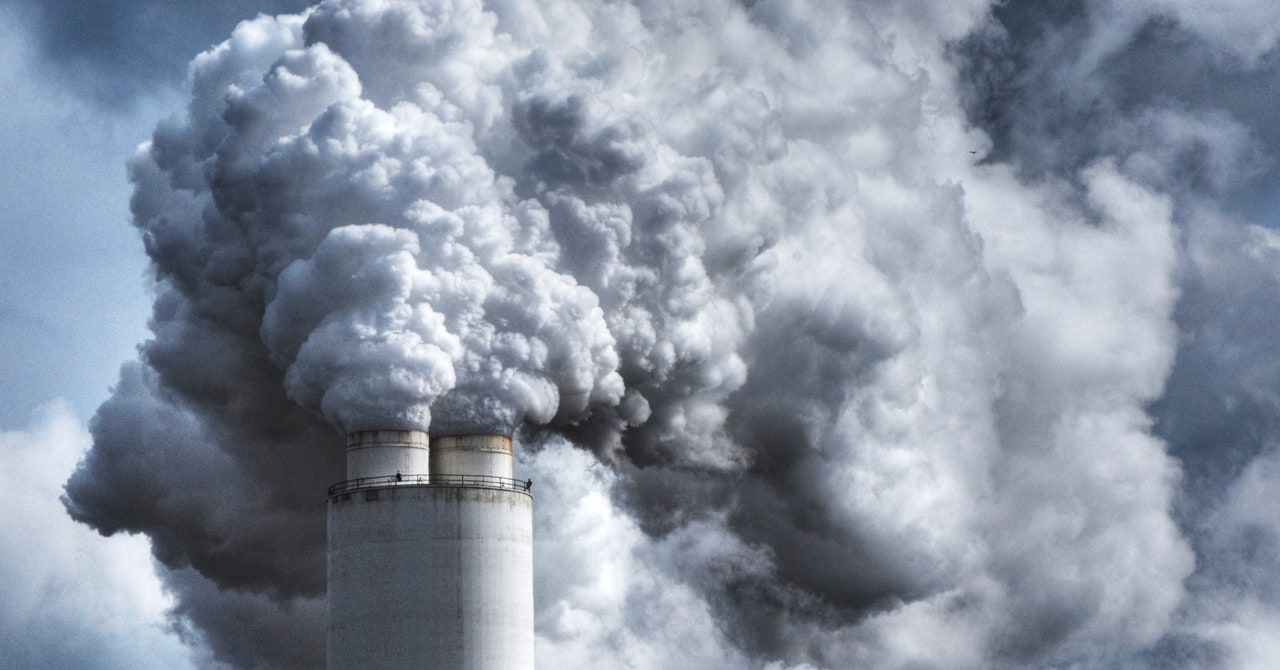
Racial inequity biases algorithms, skews Covid-19 death rates, and exacerbates the digital divide. Your race is even a good predictor of what’s in the air you breathe—and now, a new study shows that those pollution concentrations are also tied to how segregated your community is.
Using five years’ worth of data, a team led by scientists at Colorado State University confirmed a long-suspected link between ambient air quality and racial residential segregation. In a recent paper published in Nature Communications, they show that people in highly segregated counties in the United States are exposed to more fine particulate matter, airborne particles that are less than 2.5 micrometers in diameter (or PM 2.5 for short). What’s more, the makeup of that pollution contains higher toxic metal concentrations than what is found in well-integrated areas. The results are congruent with a growing number of studies showing that people of color are exposed to heightened levels of pollution compared to their white counterparts, crucial information that could be used to push for more equitable air protection policies.
“It’s really an insult-to-injury type of finding,” says John Volckens, a public health engineer who co-authored the study. “Not only do we see more air pollution in these communities, it contains a nastier mix of bad actors.” It’s the first time researchers have analyzed variations in the specific composition of PM 2.5, which itself is a mixture of natural and anthropogenic ingredients, including wildfire smoke, soot, mineral dust, vehicle emissions, and trace metals. “And we’re not talking about essential metals, like potassium or calcium, that you need in your diet,” Volckens says. “We’re talking about things like lead and chromium”—substances that can do a number on your health.
Environmental researchers fixate on PM 2.5 because these particles are small enough to be inhaled and travel through the respiratory tract. Trace metals make up only a tiny fraction of PM 2.5, but are especially concerning because of their known or suspected health effects. Lead, for example, has been linked to increasing blood pressure, nervous system damage, and loss of cognitive function. Some forms of chromium harm the liver and cause respiratory problems. Nickel attacks the lungs and kidneys. And all of these are carcinogenic. Excessive exposure to essential nutrients can also be dangerous: High levels of manganese can be neurotoxic, and too much iron and copper increases the risk of cardiovascular disease.
The scientists leading the study focused on nine metals, classifying them into those typically associated with natural sources (iron, titanium, and manganese) and anthropogenic emissions (copper, zinc, nickel, chromium, lead, and vanadium). The boundary between those categories is fuzzy—iron, for instance, can come from mineral dust and also from burning fossil fuels—but the researchers found them useful as general groupings for the analysis.
Trace metals can travel away from their sources, but they tend to stay densely concentrated near where they were produced. They don’t chemically degrade into something else, so scientists can easily correlate the presence of these toxins in the air with what people living in the area below are likely to inhale. These particles only stick around for a couple of weeks before bumping into a raindrop or other nearby objects and getting filtered out of the atmosphere. But without getting rid of their sources, places saddled with high-emitting industries like metal factories and power plants will likely suffer poor air quality for generations to come.


